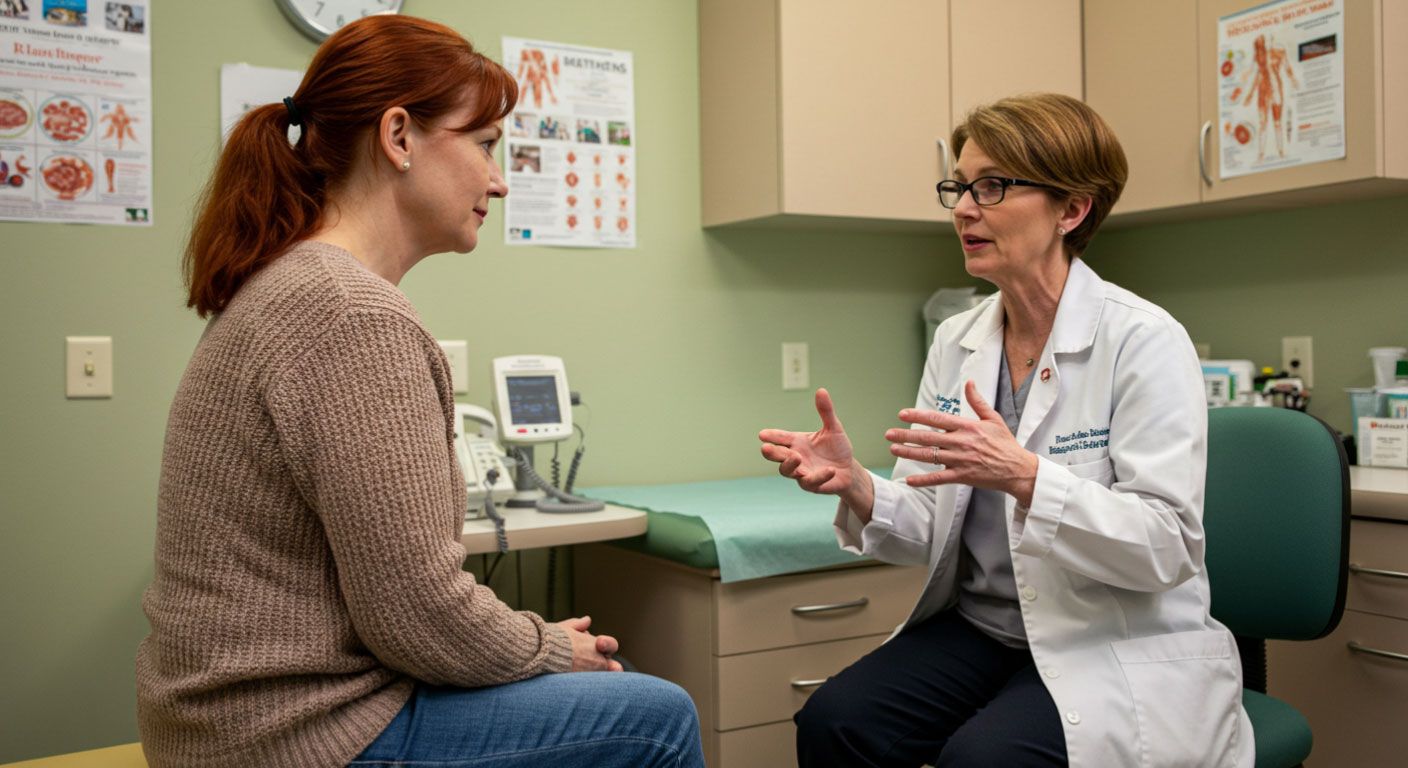Mass Tort Cases: The Intersection of Science, Medicine, and Law
Mass Tort Cases: The Intersection of Science, Medicine, and Law
When we talk about the intersection of science, medicine, and law, we are usually referring to mass tort cases. These types of cases involve a large number of plaintiffs who have been harmed by a common product or action, and who file a lawsuit against the responsible party. These cases can be incredibly complex, requiring a deep understanding of the science and medicine behind the injury, as well as the legal principles involved. We will delve into the world of mass tort cases and explore how science, medicine, and law come together to seek justice for those who have been harmed.
Let's start by defining mass tort. These cases involve a large number of plaintiffs who have been harmed by a common product or action. The harm can be physical, such as in cases involving defective medical devices, or environmental, such as in cases involving widespread water contamination. The plaintiffs may come from different geographic locations and have varying degrees of injury, but they are all filing suit against the same defendant. This may sound similar to class action lawsuits but they are fundamentally different. In the case of a class action lawsuit, the plaintiff(s) file and prosecute a lawsuit on the behalf of a large group of people (the “class”). In mass tort cases, victims are seen as individual lawsuits, whereas a class action is a part of a collective whole.
In these cases, science and medicine are essential components of the proceedings. The plaintiffs must prove that the defendant's product or action caused their injuries, and this requires a deep understanding of the science and medicine behind the harm. For example, in a case involving a defective medical device, the plaintiffs must be able to demonstrate how the device malfunctioned and caused their injuries.
Once the science and medicine have been established, the legal aspects of the case come into play. The plaintiffs must prove that the defendant was responsible for their injuries and that they are entitled to compensation. This requires a deep understanding of the legal principles involved, as well as the procedural requirements of the court.
One of the most challenging aspects of mass tort cases is managing the large number of plaintiffs involved. These cases can involve hundreds or even thousands of individuals, each with their own unique circumstances and injuries. Managing the logistics of such a case requires a team of skilled attorneys and support staff who are experienced in handling complex litigation.
However, despite the challenges, they have the potential to provide justice for a large number of people who have been harmed by a common product or action. By pooling their resources and expertise, the plaintiffs can take on powerful defendants and hold them accountable for the harm they have caused.
Mass tort cases are complex, challenging, and require a deep intersection of science, medicine, and law. However, they also have the potential to provide justice for a large number of people who have been harmed by a common product or action. By understanding how these cases work and the various components involved, we can appreciate the immense effort required to seek justice in these cases. If you have questions about filing a mass tort lawsuit,
contact
our experienced attorneys today.
Contact Us
By submitting this form you agree to receive text messages.







